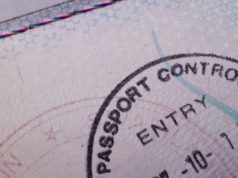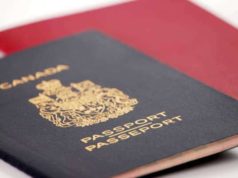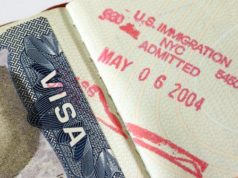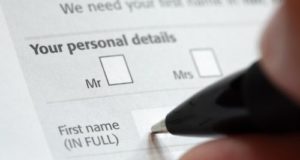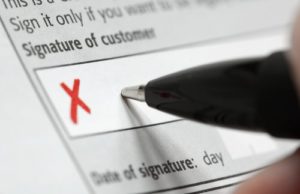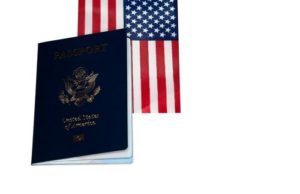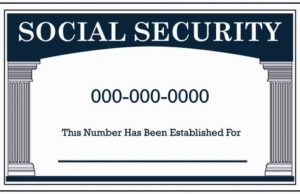
The Easy Guide to a Visa
Are you planning to travel abroad or perhaps looking for work opportunities in a different country? If so, then you’ll need a visa. A visa is an official document that permits the holder to enter, leave, or stay within a specified country for a particular purpose. Whether you’re a tourist, a student, or a professional, obtaining a visa can be a daunting task, which is why we’ve put together this easy guide to help you navigate the visa application process.
1. Determine Your Visa Type
The first step to obtaining a visa is to determine what type of visa you need. The type of visa you require will depend on the purpose of your travel (e.g., tourism, business, study, work) and the country you’re visiting. Each country has its own specific visa requirements, forms, and fees, so it’s essential to do your research beforehand. The U.S. Department of State’s Bureau of Consular Affairs website has a comprehensive list of visa types available, along with their corresponding requirements and fees.
2. Gather Your Documents
Once you’ve determined the visa type you need, you’ll need to gather all the required documents. The required documents will vary depending on the type of visa, but common requirements include a valid passport, a completed visa application form, a passport-sized photo, and evidence of your travel itinerary (e.g. flight and hotel bookings).
If you’re applying for a work or study visa, you may also need to provide additional documents such as a letter of invitation from the employer or educational institution, your employment or educational history, and proof of financial support.
3. Complete the Visa Application Form
The visa application form is an essential part of the visa application process. The form will include personal and travel information and must be completed accurately and truthfully. Any false information on the application can result in the rejection of your visa application.
Most countries now offer online visa applications, making it easier for applicants to complete the form and submit it. However, some countries still require paper applications, which must be submitted to the nearest embassy or consulate.
4. Pay the Visa Application Fee
Visa application fees vary depending on the type of visa and the country you’re visiting. Some countries require applicants to pay the application fee before submitting their application, while others require payment at the time of the visa interview.
Fees can be paid in person at the embassy or consulate or online through a secure payment portal. It’s essential to keep the payment receipt as proof of payment, which may be required during the visa application process.
5. Schedule a Visa Interview
Most countries require visa applicants to attend a visa interview at the nearest embassy or consulate. The visa interview is an opportunity for the consular officer to ask questions and assess the applicant’s eligibility for a visa.
It’s essential to prepare for the visa interview by reviewing all required documents and practicing potential interview questions. Some consulates also offer visa interview tips and guidance on their website, which can be helpful in preparing for the interview.
6. Attend the Visa Interview
The visa interview is a critical step in the visa application process. Applicants should arrive at the consulate or embassy on time and dressed appropriately. The visa officer will ask questions about the purpose of the visit, travel itinerary, and other relevant information.
It’s essential to answer all questions truthfully and confidently. If the consular officer is satisfied with the applicant’s eligibility for a visa, they will receive a visa stamped in their passport.
7. Check Your Visa for Accuracy
Once you receive your visa, it’s essential to check that all the details are accurate. The visa should have the correct dates, visa type, and passport information. If there are any mistakes, contact the embassy or consulate immediately to have them corrected.
Conclusion
Obtaining a visa can be a complicated and time-consuming process, but with the right preparation and knowledge, it can be a smooth and stress-free experience. By following these easy steps, you can ensure that your visa application is complete and accurate, increasing your chances of getting approved.
Always keep in mind that visa requirements and procedures can change frequently, so it’s essential to check official governmental resources to ensure you have the most up-to-date information. Happy travels!
A visa is a document which grants the holder of the visa the right to enter into the country which issued the visa. Visas may take many of a number of forms, including full paper documents, as mentioned above, and stamps in passports.
Visas are not always necessary for travel to all countries, as in some instances, nations might have relationships which allow citizens from one nation to travel to the other without a visa, and vice versa. Furthermore, in some forms of travel, visas may be necessary, while others may not requires a visa. For example, traveling to Canada by driving across the Canadian-American border may not require a visa, while flying to a European nation might still require a visa.
A visa is normally granted to a holder for a particular purpose, depending upon the reason for which the holder has said that he or she is planning on traveling to the nation in question. For example, someone who is traveling to a country for the sake of recreation or tourism might apply for a tourist visa to that country, as opposed to someone who might be traveling to the same country for the sake of business, who might then apply for a business visa.
Visas might be particularly important for those individuals who plan on traveling to a country in order to immigrate there, as visas can dictate the amount of time that these individuals may remain in the country, and thus determine how long they have to apply for some form of permanent residency identification.


